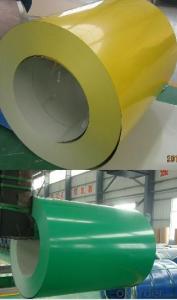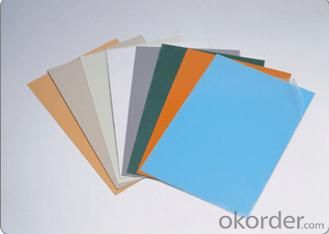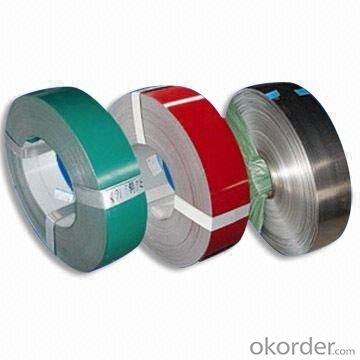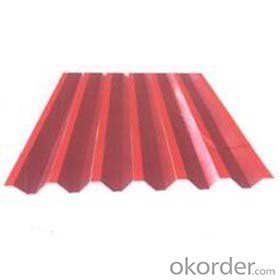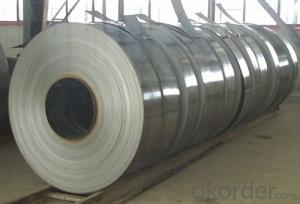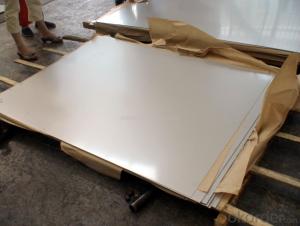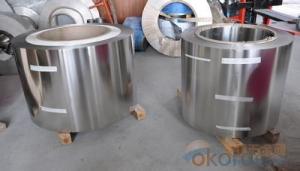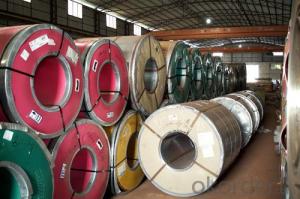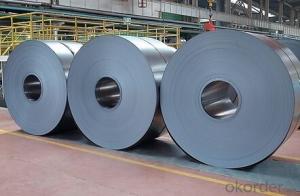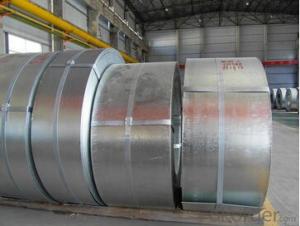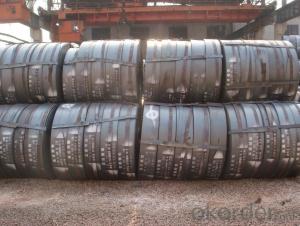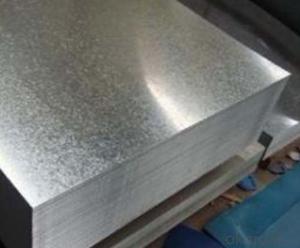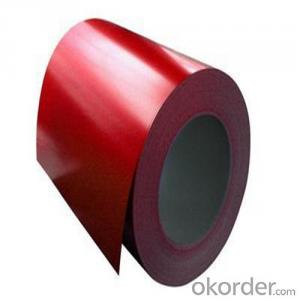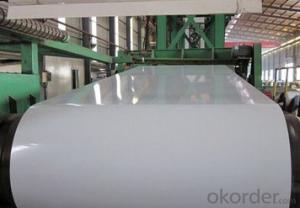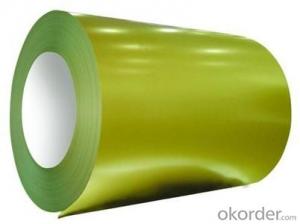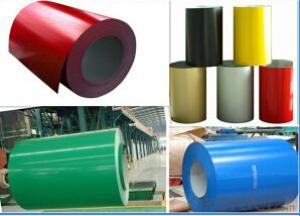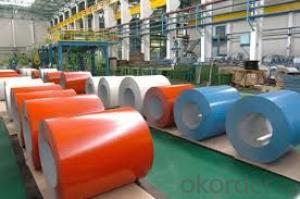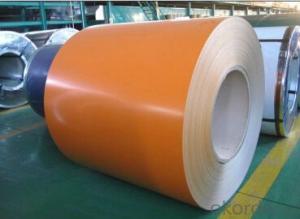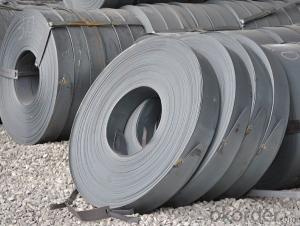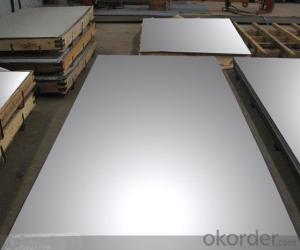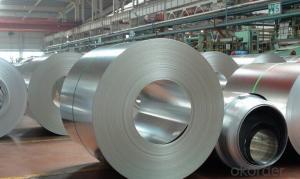Prepainted galvanized steel coils PPGI PPGL
- Loading Port:
- Shanghai
- Payment Terms:
- TT OR LC
- Min Order Qty:
- 50 m.t.
- Supply Capability:
- 100000 m.t./month
OKorder Service Pledge
OKorder Financial Service
You Might Also Like
colour coated steel
painting colour steel , zinc coated steel , lead coated steel
Specifications:
galvanized steel coil:
1.Thickness:0.17mm-1.5mm
2.Zinc coated:40g-275g/2
3.Standard:dx51d+z,sgcc
We manufacture Galvanized Steel Coils,Pre-painted Galvanized Steel Coils , etc
Prepainted steel coil features:
1. Zinc coating :40-120g(as reauired)
2. thickness:0.17-1.2mm
3. width:914-1250mm(900mm,1215mm,1250mm,1000mm the most common)
4. coil id:508m610mm
5. coil weight: 3-12(as required)
6. surface treatment:RAL color
Galvanized steel coil features:
1. Zinc coating :40-275g( as required)
2. thickness:0.17-1.2mm
3. width:914-1250mm(900mm,1215mm,1250mm,1000mm the most common)
4. coil id:508m610mm
5. coil weight: 3-12(as required)
6. surface treatment: cremated, oiled, skin passed
7. Spangle: regular,small, zero
8.Application: With excellent cold bending molded manufacturablity, good decoration effect, strong anti-corrosion ability, galvanized steel coils and sheets are also pollution-free and easily recycled. Accordingly, they can be used as final products and basic plates of color coated steel coils and widely applied in construction, home appliances, decoration, ect.
Product name | steel coil,galvanized steel,galvanized steel coil |
Material | DX51D, SGCC, SPCC, CGCC, DX51D |
Normal thickness | 0.17-1.2mm |
Normal width | 900mm,914mm, 1000mm, 1200mm, 1220mm, 1250mm |
Coil weight | 3-12ns |
Certificate | BV & SGS |
Original | Shandong,China |
Payment terms | L/C or T/T |
Delivery time | within 15 ~ 25 days after 30% prepayment |
- Q: How are steel strips used in the production of springs?
- Due to their high strength and flexibility, steel strips are widely utilized in spring manufacturing. These strips are typically composed of carbon steel, which boasts exceptional tensile strength and the ability to endure repeated bending and stretching without breaking or deforming. To produce springs, the steel strips undergo initial cutting to achieve the desired dimensions. Subsequently, they are coiled or wound around a mandrel, shaping the spring's basic form. The coiling process entails precise control over the strip's tension and curvature, thus attaining the desired characteristics of the spring, such as stiffness and compression or extension properties. Following the coiling stage, the steel strip is often heat-treated to enhance its mechanical properties. This involves subjecting the strip to high temperatures and swiftly cooling it, a technique known as quenching. Heat treatment serves to elevate the steel's strength and hardness, thereby rendering it more resilient and durable. Once the heat treatment is finalized, the spring typically undergoes further processing steps, such as stress relieving or shot peening, to optimize its performance and ensure longevity. Stress relieving eliminates any residual stresses that may have accumulated during the coiling and heat treatment procedures, while shot peening bombards the spring's surface with tiny metal particles to enhance its resistance to fatigue. Overall, steel strips play a pivotal role in spring production by providing the necessary strength and flexibility required for these mechanical components. They are shaped, heat-treated, and processed to create springs with specific properties suitable for a wide array of applications, ranging from automotive and industrial machinery to household appliances and medical devices.
- Q: What is the fatigue resistance of steel strips?
- The ability of steel strips to withstand repeated stress or strain without failing is known as their fatigue resistance. Steel strips are renowned for their high fatigue resistance, which makes them suitable for various applications involving constant or cyclic loading. Several factors, including the composition, microstructure, and surface condition of the steel, contribute to the fatigue resistance of steel strips. Additionally, the fatigue resistance is also influenced by factors such as the magnitude, frequency, and duration of the cyclic loading. Steel strips are usually designed to have a high fatigue limit, allowing them to endure a large number of stress cycles without failing. This characteristic makes steel strips highly desirable in industries where fatigue failure is a concern, such as automotive, aerospace, construction, and manufacturing. By employing proper design, manufacturing processes, and material selection, steel strips can achieve exceptional fatigue resistance, ensuring their long-term performance and reliability in demanding applications.
- Q: Are steel strips suitable for the manufacturing of automotive body panels?
- Yes, steel strips are suitable for the manufacturing of automotive body panels. Steel strips are strong, durable, and have excellent formability, making them ideal for producing car body panels. Additionally, steel strips offer good corrosion resistance and can be easily stamped, welded, and formed into various shapes required for automotive body panels.
- Q: Can steel strips be used in the production of automotive suspension components?
- Yes, steel strips can be used in the production of automotive suspension components. Steel strips are often chosen for their high strength and durability, making them suitable for supporting the weight of a vehicle and absorbing shocks and vibrations. Additionally, steel strips can be easily shaped and formed to meet the specific requirements of suspension components, making them a preferred material in the automotive industry.
- Q: What is the difference between strip steel and silicon steel?
- The sheet material rolled with silicon steel is the most widely used soft magnetic material in the field of electrical engineering. Therefore, silicon steel sheet is also called electrical steel sheet. Silicon steel sheets are widely used in motors, generators, transformers, chokes, electromagnetic devices, relays and measuring instruments. Influence of silicon content on properties of silicon steel sheet. Silicon is a good deoxidizer for steel. It combines with oxygen to convert oxygen into a stable, non carbon reduced SiO2, avoiding lattice distortion of iron by doping oxygen atoms. Silicon becomes a solid solution in alpha iron, increasing resistivity and helping to separate harmful impurities from carbon.
- Q: How are steel strips protected against corrosion?
- Various methods are utilized to safeguard steel strips against corrosion. The primary approach involves the application of a protective coating onto the steel's surface. This can be accomplished through techniques like galvanizing, which involves the deposition of a layer of zinc onto the steel. Zinc serves as a sacrificial anode, meaning it undergoes oxidation before the steel, effectively shielding it from corrosion. Another technique involves the application of a layer of paint or enamel onto the steel surface. This establishes a barrier separating the steel from its surrounding environment, effectively preventing moisture and other corrosive elements from coming into contact with the steel. Additionally, corrosion inhibitors can also be employed to protect steel strips. These chemical additives form a protective layer on the steel's surface, inhibiting corrosion. The overarching objective is to establish a barrier or sacrificial layer that prevents corrosive elements from reaching the steel, thereby prolonging its lifespan and upholding its structural integrity.
- Q: What are the storage guidelines for steel strips?
- The storage guidelines for steel strips are important to ensure their longevity and prevent any damage. Firstly, it is crucial to store steel strips in a dry and well-ventilated area to avoid moisture accumulation and subsequent corrosion. The storage location should be free from any exposure to direct sunlight, as prolonged exposure can lead to discoloration and degradation of the steel's surface. Moreover, steel strips should be stored in a horizontal position, either stacked or on racks, to prevent any bending or warping. It is advisable to place wooden or rubber spacers between layers to provide support and avoid any contact between the strips, which could potentially cause scratching or other forms of surface damage. When stacking steel strips, it is necessary to ensure that the weight is evenly distributed to prevent any excessive pressure on the lower strips. Additionally, the strips should be stored away from any chemicals or substances that may cause staining or chemical reactions with the steel. Regular inspections should be conducted to identify any signs of rust or damage. If any issues are detected, appropriate measures should be taken, such as cleaning, applying rust inhibitors, or seeking professional assistance. By following these storage guidelines, steel strips can be preserved in optimal condition, ensuring their quality and performance when used in various applications.
- Q: What is the impact strength of a steel strip?
- The impact strength of a steel strip refers to its ability to withstand sudden, forceful impacts without fracturing or breaking. It is a measure of the strip's resistance to impact or shock loading.
- Q: Where is the lining board made of polyurethane lining? Please contact immediately
- Selection of raw materials: different polyol raw materials with different molecular structures and molecular weight, the performance gap between different polyols, the use of the environment and the requirements are not the same, each with unique characteristics and optimum application. Polyester polyol, wear resistance, corrosion resistance, good oil resistance, high mechanical strength, good aging resistance. Polyether polyols have good resilience and low temperature compliance, and they also have good hydrolytic stability and mildew resistance. There are many curing agents, and different formulation systems use different performance requirements. The choice of different systems depends not only on the performance requirements of the product, but also on the price of the product. The abrasion resistance of the wear-resistant lining plate is determined by the raw material chosen.
- Q: How are steel strips waterjet cut?
- Using a highly pressurized stream of water mixed with abrasive particles, steel strips undergo waterjet cutting. This involves directing the waterjet onto the steel strip, which is held in place by a cutting bed or fixture. The high-pressure pump generates the waterjet, typically with a range of 30,000 to 90,000 psi. To create a narrow and high-velocity stream, the waterjet is focused through a small orifice, usually around 0.010 to 0.060 inches in diameter. To cut the steel strip, a computer-controlled system moves the waterjet along the desired cutting path. As the high-pressure waterjet stream makes contact, it erodes the steel material and effectively slices through the strip. The addition of abrasive particles, such as garnet, helps accelerate the erosion of the steel and enhances the cutting process. Waterjet cutting offers numerous advantages for cutting steel strips. It provides a precise and clean cut with minimal heat-affected zones, which prevents distortion or warping of the steel. Moreover, the process can cut through various thicknesses of steel strips, ranging from thin gauges to thick plates. Additionally, waterjet cutting is a versatile method that can handle complex shapes and intricate designs, making it suitable for a wide range of applications in industries such as automotive, aerospace, and manufacturing. In conclusion, waterjet cutting of steel strips is an efficient and accurate process that utilizes the power of water and abrasive particles to achieve precise and high-quality cuts.
Send your message to us
Prepainted galvanized steel coils PPGI PPGL
- Loading Port:
- Shanghai
- Payment Terms:
- TT OR LC
- Min Order Qty:
- 50 m.t.
- Supply Capability:
- 100000 m.t./month
OKorder Service Pledge
OKorder Financial Service
Similar products
Hot products
Hot Searches
Related keywords
